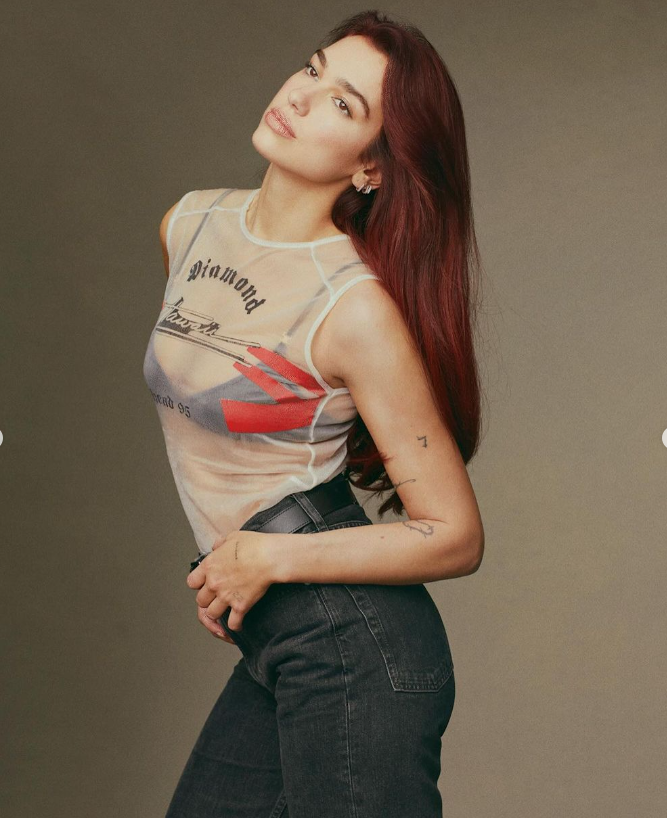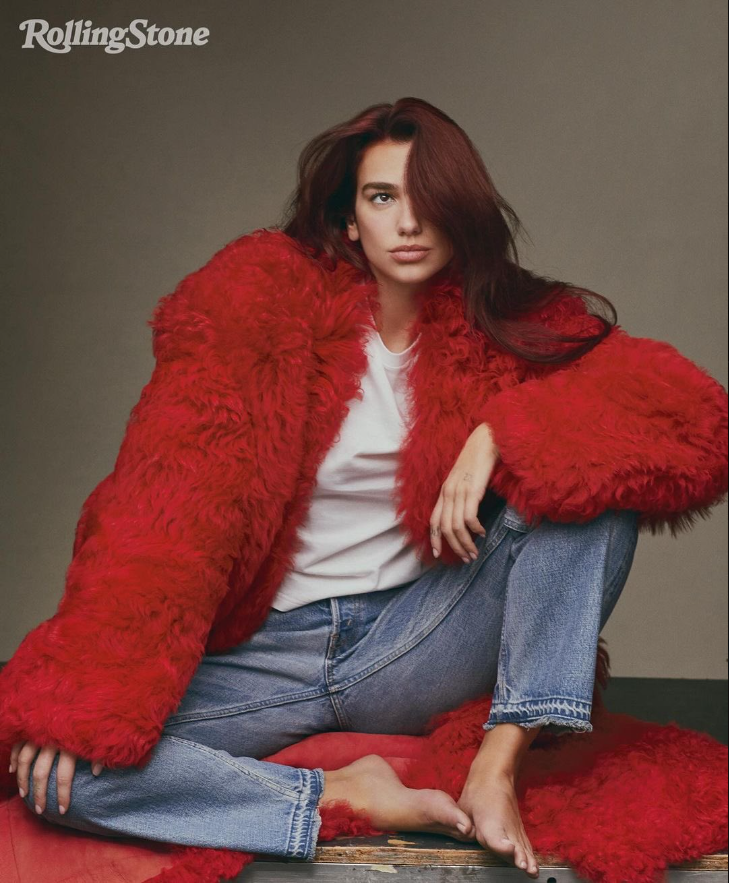Dua Lipa has unveiled details about her highly anticipated third album. The Grammy-winning artist’s revelation sets the stage for a sonic exploration into psychedelic pop, paying homage to the iconic U.K. rave culture. This announcement aligns seamlessly with the overarching trend of a cultural resurgence of the past,
It’s crazy to see the rise of the good old house and techno sounds for the last couple of years. First, it was house music that dominated the scene and slowly shifted to techno. And now it’s all about rave. Not only music, fashion changed too. It’s so satisfying to see mostly the young generation enjoying the nostalgic and having more fun.
Dua Lipa’s decision to infuse her upcoming album with psychedelic-pop elements signifies a deliberate journey into the sonic landscapes of the past. The announcement resonates with the broader cultural movement where artists are rediscovering and reimagining sounds that defined earlier eras. With house and techno rave influences making a strong comeback in recent years, Dua Lipa’s foray into this sonic territory adds a contemporary twist to a nostalgic reverie.


Dua Lipa’s album draws inspiration from revered acts like Primal Scream and Massive Attack, iconic figures in the U.K. music scene. As a London native, her creative choices reflect a profound connection to the city’s eclectic musical heritage. The album becomes a sonic tapestry woven with the threads of late-night drives through the bustling streets, evoking a sense of urban nostalgia.
Beyond the musical evolution, Dua Lipa’s aesthetic shift from glamorous sparkly bodysuits to a more casual, “don’t give a f**k” vibe mirrors the ethos of Brit-pop acts like Oasis and Blur. This transformation is more than a stylistic choice; it’s a deliberate embrace of a carefree attitude reminiscent of a bygone era, where individuality and nonchalance were celebrated.
“This record feels a bit more raw,” she says. “I want to capture the essence of youth and freedom and having fun and just letting things happen, whether it’s good or bad. You can’t change it. You just have to roll with the punches of whatever’s happening in your life.”
Inspiration For The Album
For the sound on the third album of Dua Lipa, she thought back to British club culture and the type of carefree abandon she feels when she’s on the dance floor. Lipa’s collaborators helped unlock that energy: She met Harle at “the afterparty of an afterparty of a show” through Andrew Wyatt, who co-wrote Lipa’s first single, “New Love,” as well as her Barbie hit. Wyatt and Harle had done stuff for Polachek, who opened for Lipa’s tour. They’d also worked with a less-expected collaborator that piqued Lipa’s interest: former Oasis singer Liam Gallagher. On Gallagher’s album, Harle was credited as a “rave consultant” responsible for the breakbeat element on the 2022 cut “I’m Free,” which he co-produced with Wyatt.
“Dua really enjoyed that,” Harle says. “Dua likes going to a rave.” (This is true: “I love being on the dance floor, and being the first on the dance floor if nobody else is dancing,” Lipa says.)
Other inspirations came from Lipa’s upbringing in London: The mixes that played late in the evening on Radio 1 were a huge guide; that’s where she first heard some of her favorite Primal Scream remixes, which eventually led her to their 1991 LP, Screamadelica. And in addition to Oasis and Blur, she found herself turning to more of the Nineties rock and electronica acts she grew up listening to, like Moby and Gorillaz.
Source – Rolling Stone
